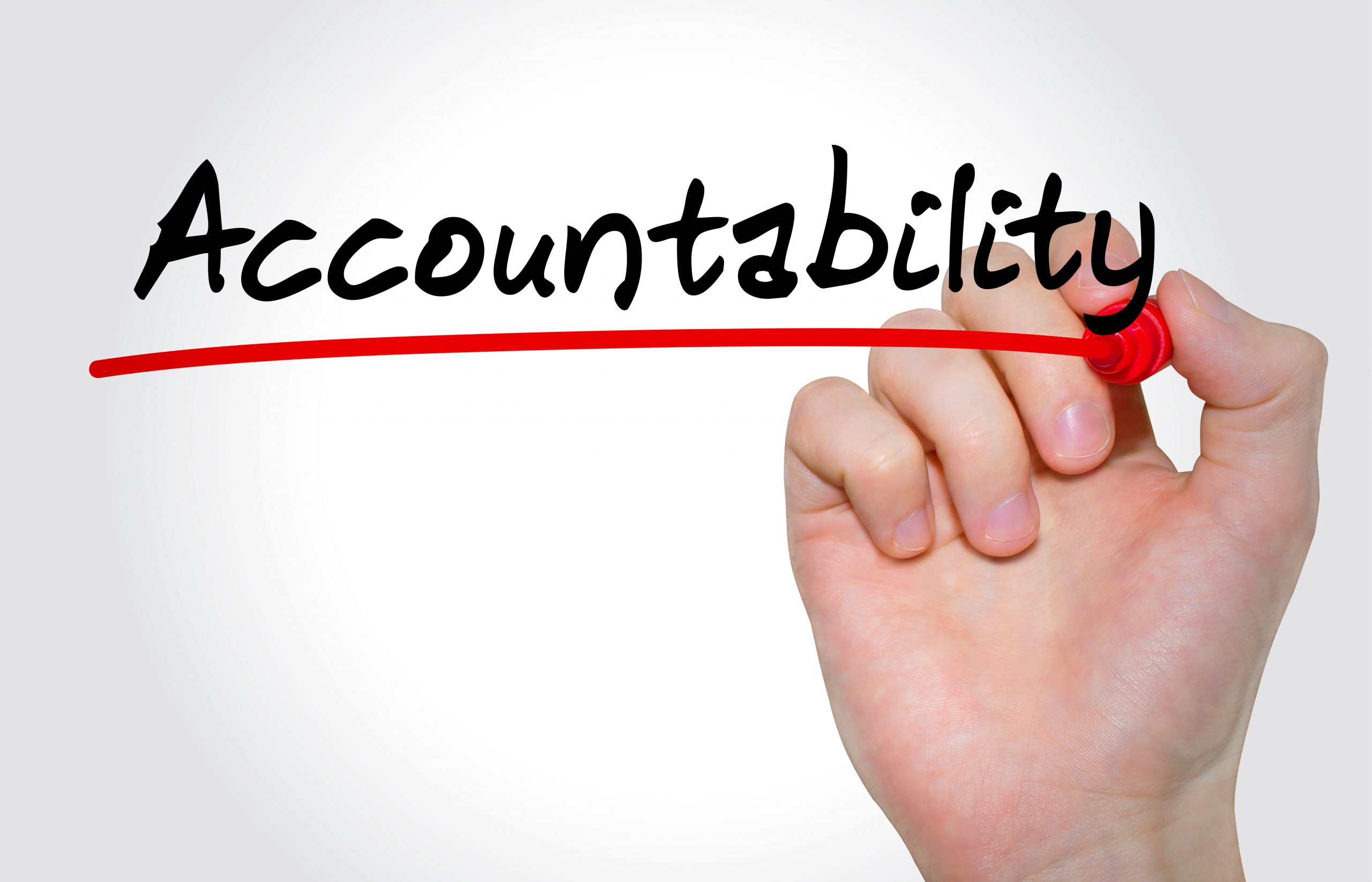There is a new tool available on Evidence-Based Wyoming, the Legislative Transparency Tool.

The tool determines legislative transparency by calculating the percentage of votes that are roll call votes. Roll call votes let you know how your legislator voted. A voice vote isn’t recorded anywhere. There is no history of how a legislator voted for a voice vote. By contrast, roll call votes are recorded and keep us better informed as to what our legislators are doing on our behalf.
If you look at the 2020 transparency report so far, both the House and Senate have transparency of roughly 50%.
That’s terrible. We only know what our legislators are doing 50% of the time. This should be unacceptable in the day and age where an electronic voting solution would not only provide us 100% of the votes, but also improve the speed of voting over the current roll-call methodology used in the legislator.
The report also shows the number of decisions that are decided by five votes or less. For 2020 that is roughly five percent of all roll call votes in each house of the legislature. If we extend that to include 5% of the voice votes, then approximately 10% of all votes are decided by five votes or fewer.
If you combine that with the fact that there are more than five Republicans more likely to vote with the Democrats, it is a concern. It certainly offers a viable reason why things like budget cuts, no new taxes, and other Republican platform priorities face difficulty advancing in the legislature.


